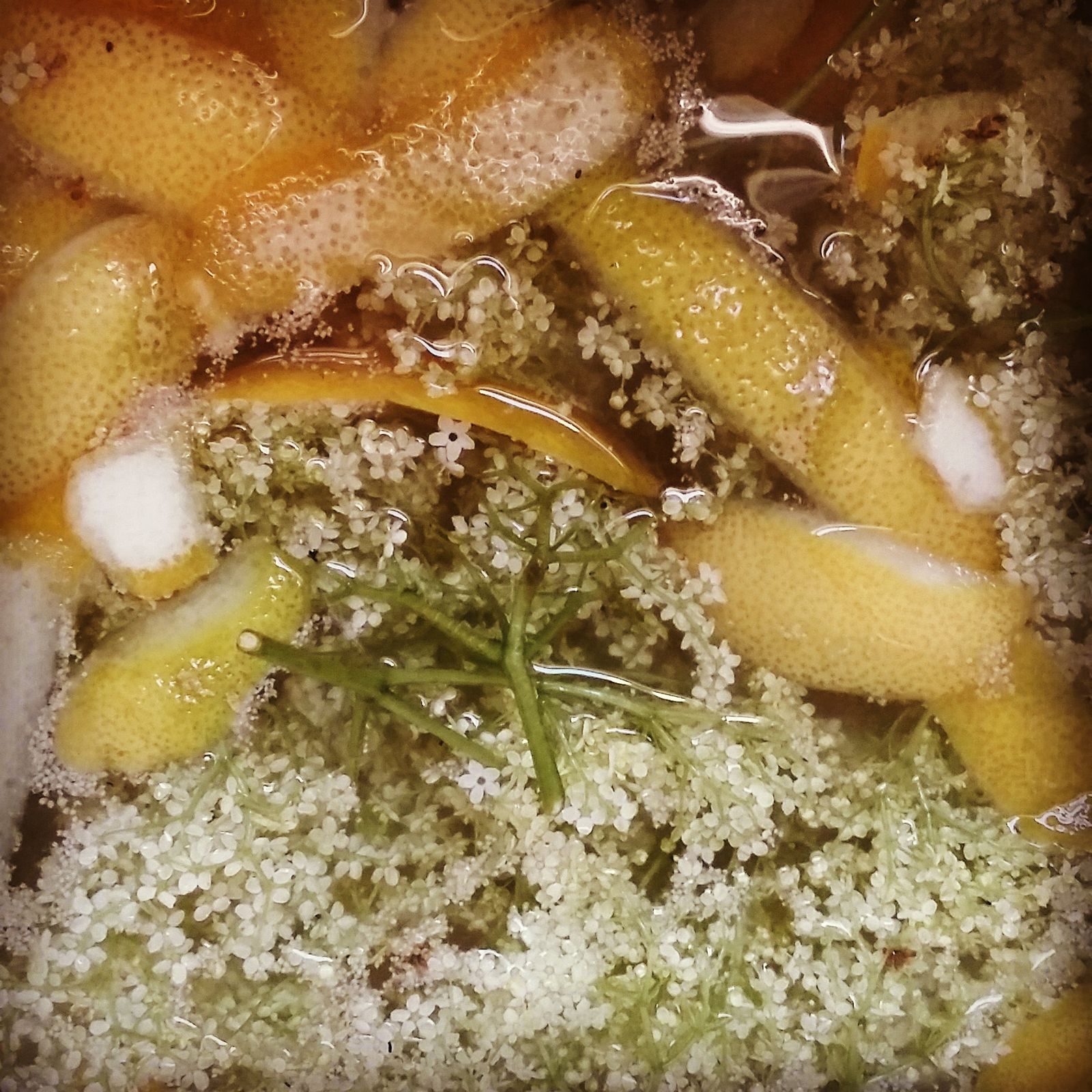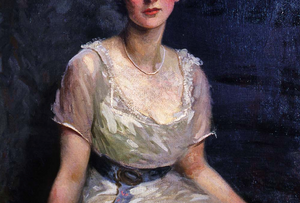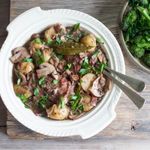A recipe for Elderflower Champagne and other ways to use this delicately fragrant seasonal, perfumed floral flower from our native hedgerows.
Editor’s note. Elderflower is in bloom everywhere. Now is the perfect time to make homemade elderflower champagne and other seasonal elderflower delights, and then invite friends and family on an impromptu picnic.
Elderflowers are blossoming everywhere in my neighbourhood right now, great sprays of flowers like lace fireworks. I walk past on a sunny morning, and the scent hangs around me like a fine perfume. It’s blooming great (sorry).There are all kinds of wildflowers in bloom at the moment. Some are at risk of becoming extinct (we shall not eat these), some are edible, all are beautiful and vital for the ecosystem and the birds and the bees and for you and for me. Of the edible ones, I have a top few that I never miss out on using –wild rose, common mallow, borage, dandelion, and, of course, elderflower.
Elder
Sambucus nigra
Growing on field edges, roadsides, parks, and waste ground, I hazard you shall have no problem finding elder. Almost impossible to confuse with something else (note: almost! Remain vigilant!), a large patch of elder in blossom is a glorious, heady, summertime sight. The white, five-petalled flowers are around from May until early July, and the purple berries (which are a little more troublesome to deal with than the flower) from August until the end of September. Simply use some scissors to snip the umbrella-shaped heads from their stalks.
The main issues you will have with elderflowers are reaching them (the best looking ones always seem to be right at the top – take a stick with a hooked end), getting to them before other people (they are one of the few commonly foraged plants, although they are so abundant there is plenty to go around, and carrying a stick with a hooked end may discourage your rivals), and remembering not to pick them all, as there will be no berries later on for jam/juice/wine.
Culpeper on Elderflowers
Our friend Culpeper says: “… the young leaves and stalks boiled in fat broth, doth mightily carry forth phlegm and choler. The middle or inward bark boiled in water, and given in drink, worketh much more violently…”Blimey. I think I’ll stick with the blossoms and berries, thanks.
The flavour of elderflower is much as its scent – heady, sweet, rich – and lends itself to cooking, infusing and brewing in about a million different ways. Pick them in the morning, in full sun (as with most wildflowers), take them home and deal with them immediately. The easiest way to remove the flowers is to use a fork. Alternatively, you can allow them to dry in a warm sheltered spot for a day or two, and then simply shake the petals free. Elderflowers dry well, and dried blossom is used in the same way as fresh. Your house will smell amazing for days.
Elderflower Champagne
always make at least one batch of this joyous, alcoholic, elderflower champagne or hedgerow bubbly, all sparkles and sweet flower flavour. You will need a sterilised fermenting bucket, a whisk, a siphon, some yeast nutrient, and maybe a 5g packet of Champagne yeast (all available online or from a brewing supplies shop, often from a well-known high street discount chain). It is best to use plastic soft-drinks bottles rather than glass, as the finished product is rather lively and unpredictable, and you may end up with elderflower flavoured grenades. Ingredients (makes around 6 75cl bottles)
Elderflower Champagne Ingredients (makes around 6 75cl bottles)
5 litres water
800g granulated sugar
Juice and zest of 4 lemons
10 large sprays of elderflowers (just remove any leaves and long stalks then throw in the whole thing)
1 tsp yeast nutrient
Method
Bring 2 litres of water to the boil, then add the sugar and stir until dissolved. Pour into your fermenting bucket, add 3 litres of cold water and let it all cool down a bit. Give it a whisk to get some air into the mix, then add the elderflowers, yeast nutrient and lemon zest/juice. Cover and allow to ferment at room temperature for 6 days. If nothing appears to be happening after the first couple of days, add the 5g packet of yeast to get things going, and leave for a further 6 days. The blossoms are covered in wild yeast, and I have never had to add any.
The Joy and Satisfaction of Foraging
It is oddly satisfying to think you have foraged the yeast as well as the flowers. After 6 days, strain through a clean muslin into another vessel, and let it sit for an hour or 2 to allow it to settle. Siphon into the sterilised bottles. It’s ready to drink in a week, or when the plastic bottles are strangely bulging, whichever comes first. Do take care when opening; I have had more than one face-full of sticky bubbles. Serve chilled. Drink the lot as quickly as you wish.
Elderflower Syrup
This syrup is great on pancakes, used as a cordial for a delicious soft drink, or added to vodka and soda water for a summer cocktail. In fact, flavoured syrups are a must in my kitchen, as they are so versatile for use in drinks and puddings.
Ingredients (makes about 2 litres)
2 kg granulated sugar
Flowers from 25 heads of blossom 1.5 litres of water
Zest and juice of 3 lemons 75g citric acid (found in the place you bought your brewing supplies)
Method
Bring the water to the boil in a pan, and then stir in the sugar until it has all dissolved. Add the lemon zest/juice and pour into a bowl over the elderflowers. Stir in the citric acid, then let the whole lot sit to cool down and infuse (ideally overnight). Strain through a clean muslin and bottle in sterilised glass bottles. This will keep, unopened, in a dark cupboard for up to 2 months, but once opened keep in the fridge and use within 2 weeks. If you wish it to last longer, you can add half a Camden tablet (sterilising tablets sourced from your brewing shop) – this will prevent it from growing mold on the surface.
Rhubarb and Elderflower Fool
Rhubarb is in season at the same time as elderflowers, and the fruity acidity goes amazingly well with the perfume of the blossoms. This is a delightful, light summer pud, to be enjoyed after a barbecue in the late afternoon sun. It can be prepared a day ahead, leaving you free to carefully burn the sausages on the grill. Ingredients (serves 4)400g rhubarb60g granulated Sugar 300ml double cream100 ml elderflower syrup 12 borage flowers for garnish (if you have them)
Method
In a heavy bottomed pan, stew the rhubarb, with a drop of water, on medium heat until it has softened but still has some substance. Stir in the granulated sugar, a little at a time, and taste after each addition – you may find you prefer a less sweet rhubarb mix. Chill for a couple of hours in the fridge.
Pour the cream into a mixing bowl, and whisk until it forms soft peaks. Gently add the elderflower syrup, and fold together to incorporate. Divide the rhubarb and the cream between 4 glasses (wine glasses, or martini glasses if you have them, Mr. Bond) in alternating layers, and garnish with 3 borage flowers apiece. Once you have played a little with elderflower recipes, the realisation that they can be infused into whatever you wish will, if you’re anything like me, cause you to lock yourself away in your kitchen for days on end, experimenting, failing, trying again, succeeding, then showing off the results to friends and family. Elderflowers are truly the taste of summer.
Find the foraging chef on twitter : @lidson
Love our features on organic, biodynamic and wild food? Check out this recipe for a delicious organic Matcha Green Tea Cocktail from our friends @Pukka Herbs











